MAKING HUMANITY MULTIPLANETARY
Building on the achievements of Falcon 9 and Falcon Heavy, SpaceX is working on a next generation of fully reusable launch vehicles that will be the most powerful ever built, capable of carrying humans to Mars and other destinations in the solar system.
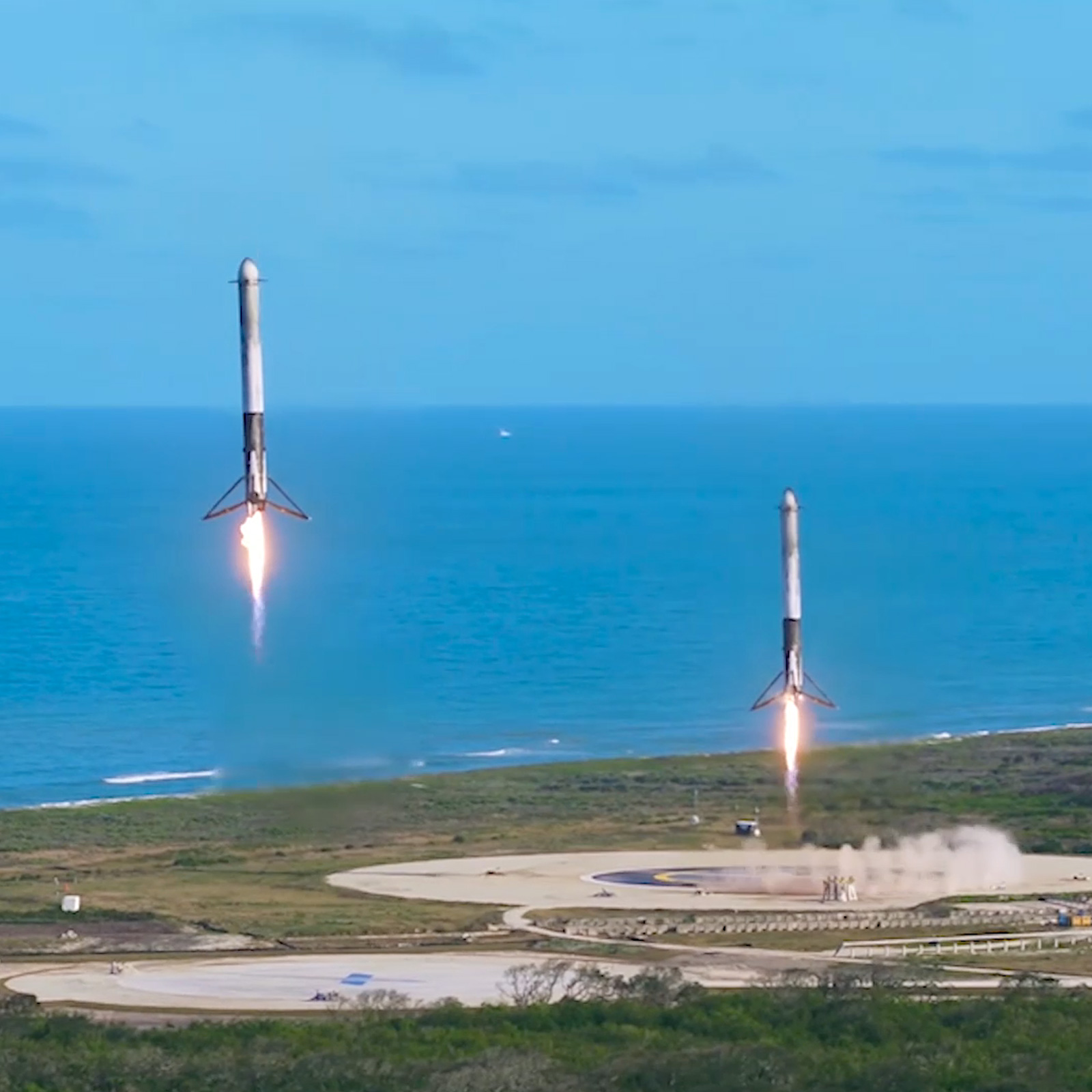
Reusability
SpaceX believes a fully and rapidly reusable rocket is the pivotal breakthrough needed to substantially reduce the cost of space access. The majority of the launch cost comes from building the rocket, which historically has flown only once.
Compare that to a commercial airliner – each new plane costs about the same as Falcon 9 but can fly multiple times per day and conduct tens of thousands of flights over its lifetime. Following the commercial model, a rapidly reusable space launch vehicle could reduce the cost of traveling to space by a hundredfold.
While most rockets are designed to burn up on reentry, SpaceX rockets can not only withstand reentry but can also successfully land back on Earth and refly again.
Landing
SpaceX’s family of Falcon launch vehicles are the first and only orbital class rockets capable of reflight. Depending on the performance required for the mission, Falcon lands on one of our autonomous spaceport droneships out on the ocean or one of our landing zones near our launch pads.
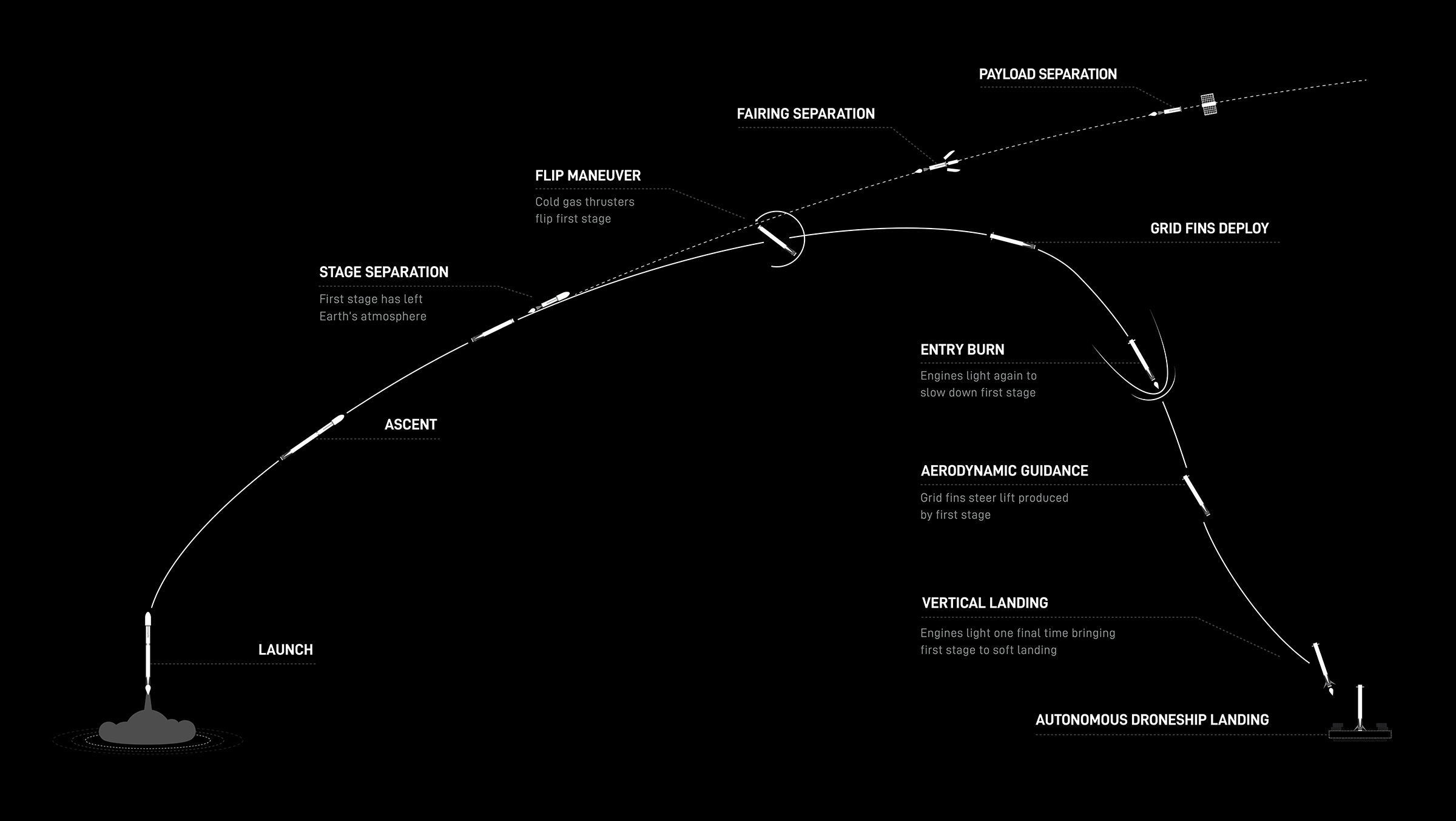
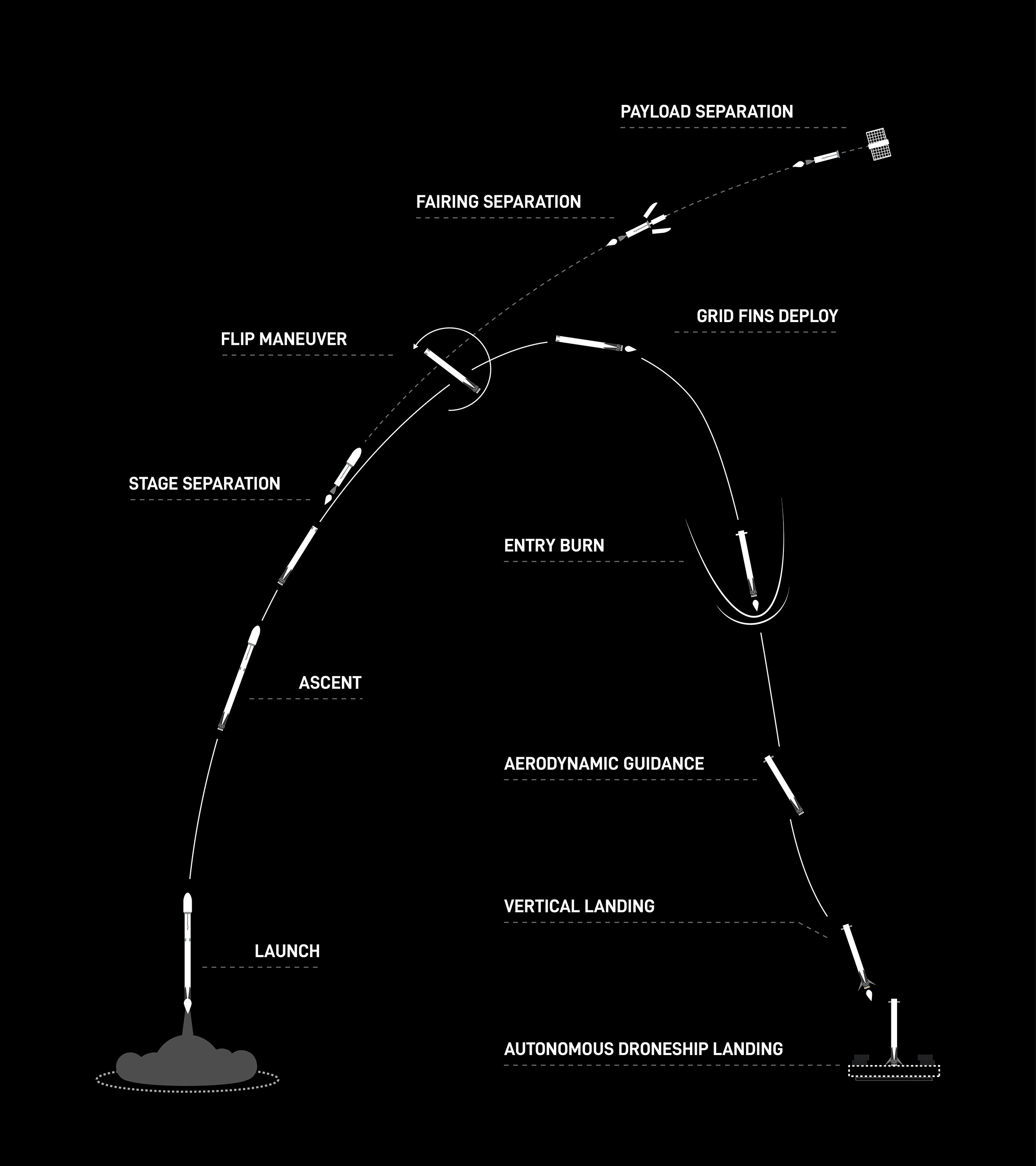
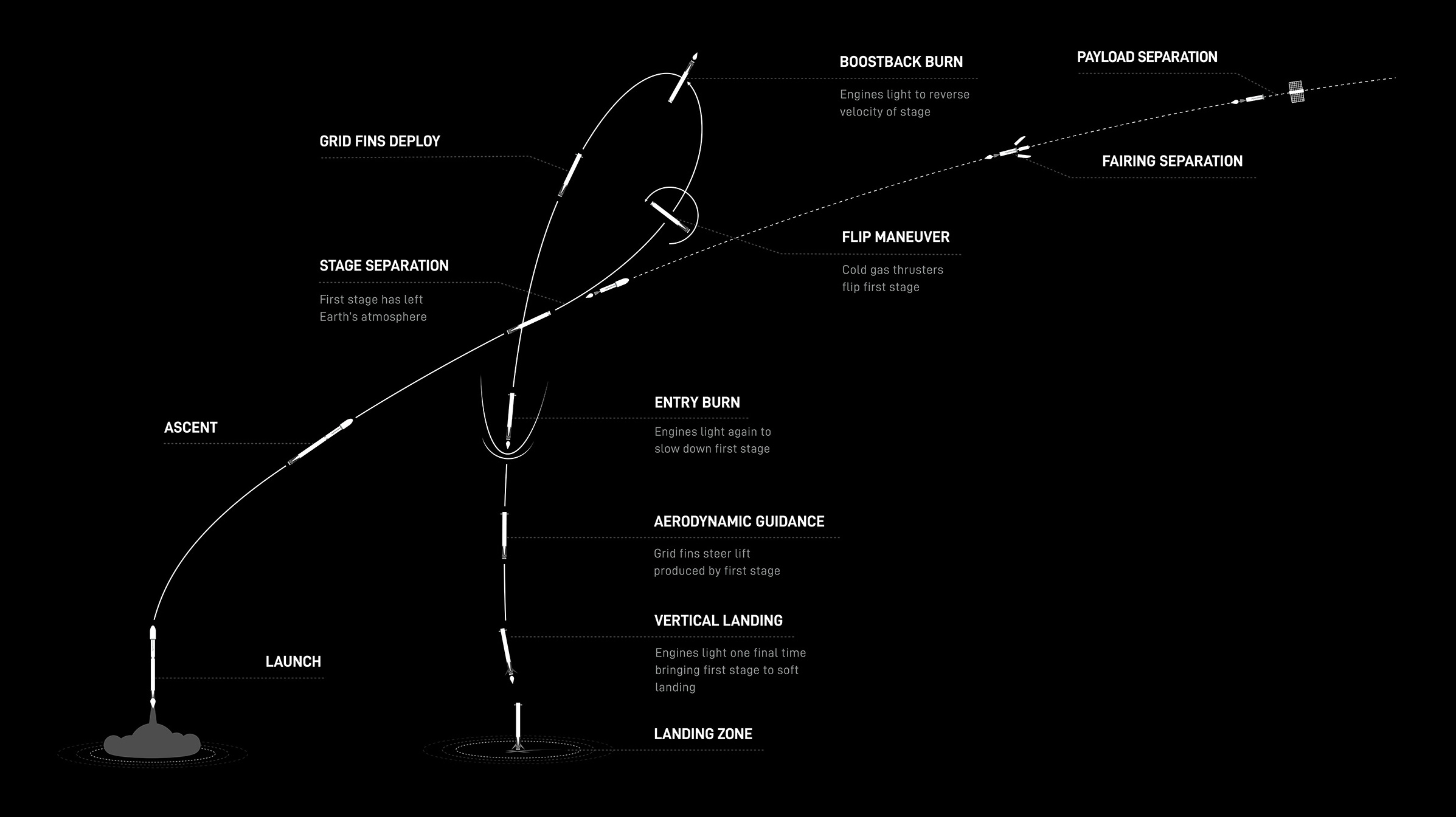
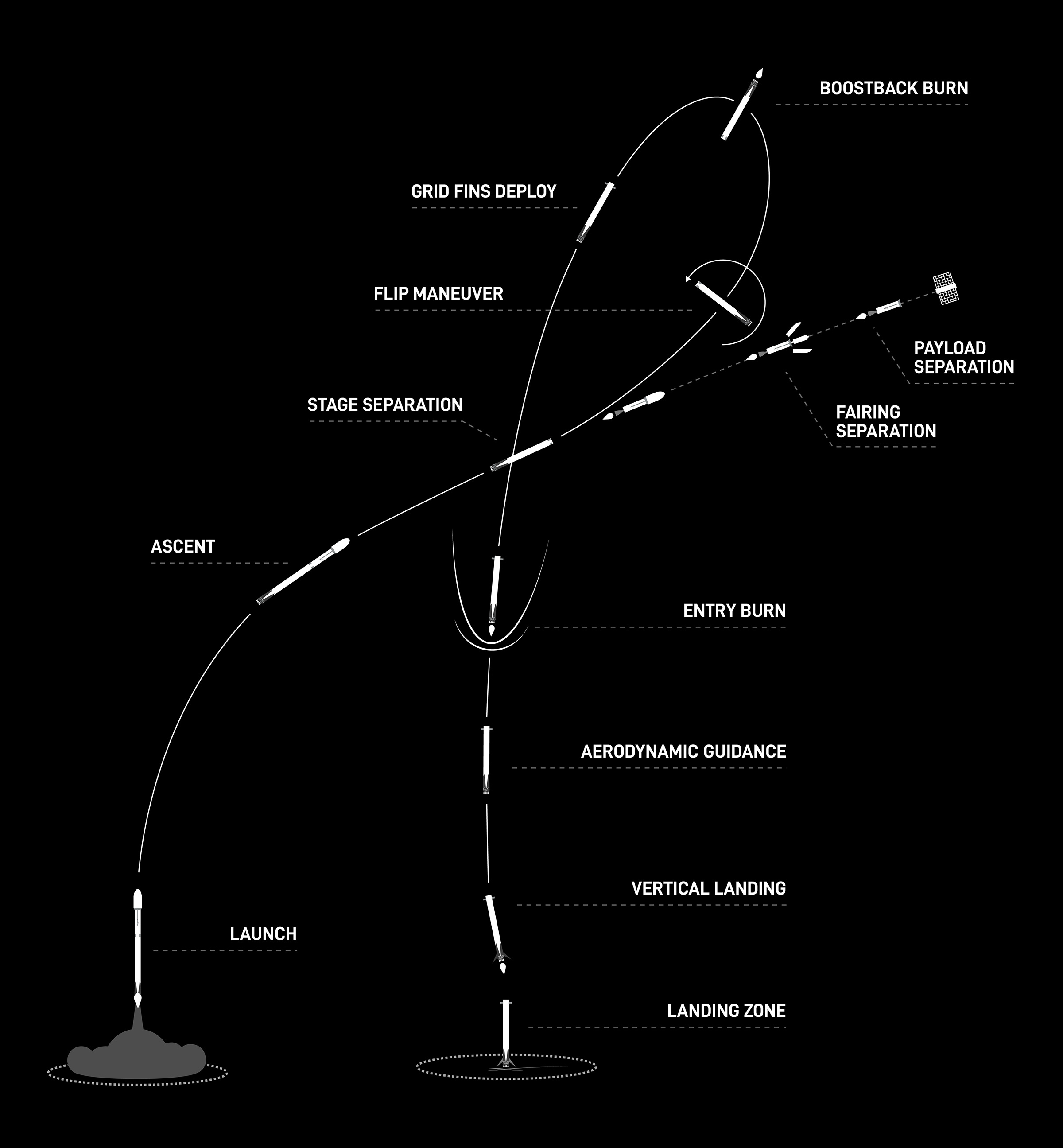
SpaceX Facilities

SpaceX designs and builds its reusable rockets and spacecraft in Hawthorne, California. As a company, SpaceX is vertically integrated, building the vast majority of the vehicle on the Hawthorne campus, which remains one of the few facilities in the world where you can see an entire launch vehicle or spacecraft come together under one roof.

SpaceX tests its engines, vehicle structures, and systems at a 4,000-acre state-of-the-art rocket development facility in McGregor, Texas. Outfitted with 16 specialized test stands, the facility validates for flight every Merlin engine that powers the Falcon 9 and Falcon Heavy rockets, and every Draco thruster that controls the Dragon spacecraft.

The site’s location on the southeast coast of the US provides access to a wide range of low and medium inclination orbits frequently used by communications and Earth-observing satellites and by supply missions to the International Space Station. The site also allows access to geostationary orbits, as well as departures to the Moon and interplanetary destinations.

SpaceX is honored to launch from Kennedy Space Center’s historic Launch Complex 39A, home of the Apollo and Space Shuttle programs. In addition to commercial satellite launches and space station resupply missions, LC-39A supports crew launches of the Dragon spacecraft.
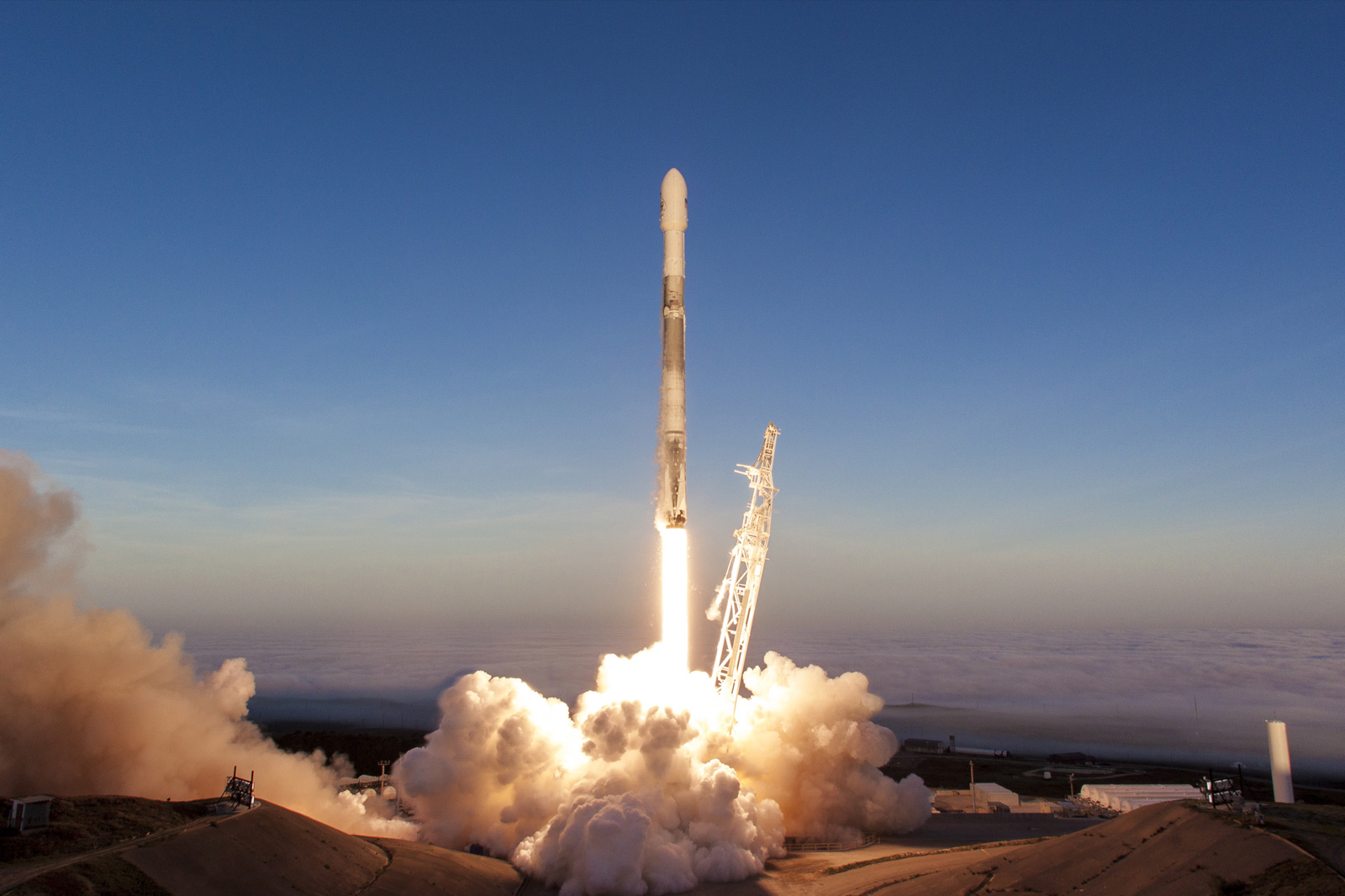
The site’s location on the California coastline provides customers with access to high inclination and polar orbits, frequently used by satellite communication constellations, defense intelligence and Earth-observing satellites, and some lunar missions. Launches from Vandenberg heading straight south traverse open ocean all the way to the Antarctic, by which time the vehicles have long since reached orbit.
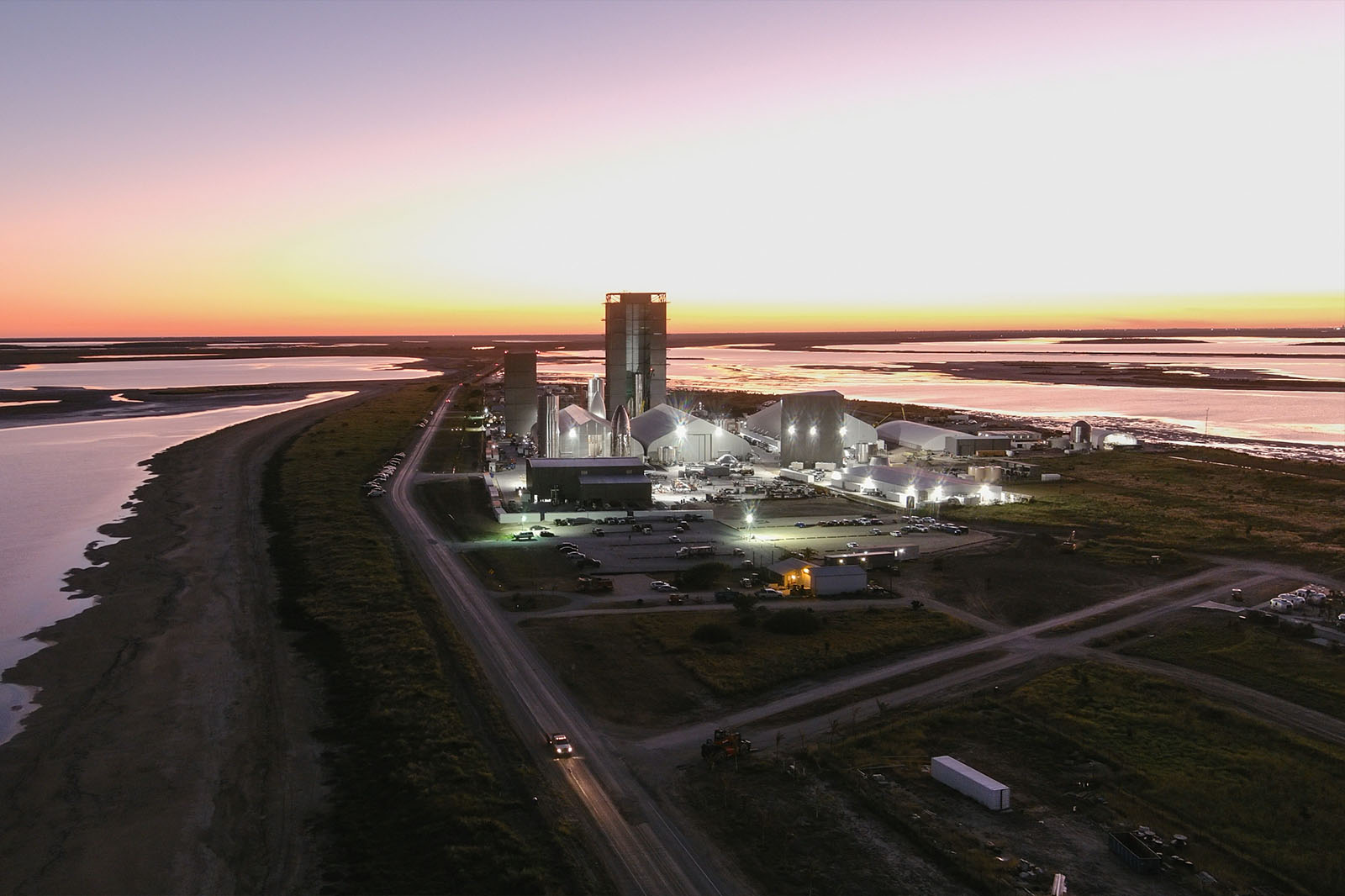
Development, manufacturing, testing, and launch of SpaceX’s Starship spacecraft and Super Heavy rocket – collectively referred to as Starship – takes place at SpaceX's headquarters in Starbase, Texas. One of the world’s first commercial spaceports designed for orbital missions, launches from Starbase will provide access to destinations in Earth orbit, the Moon, Mars, and beyond.